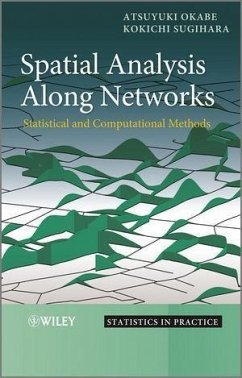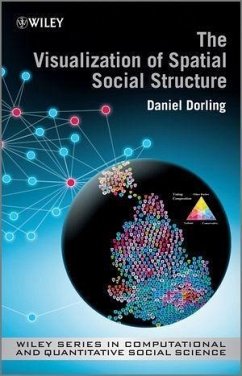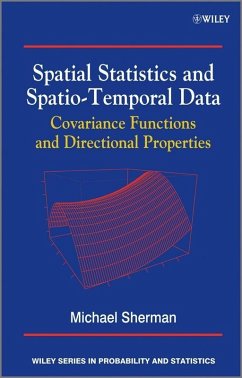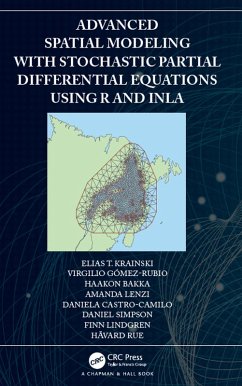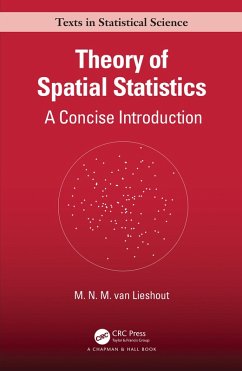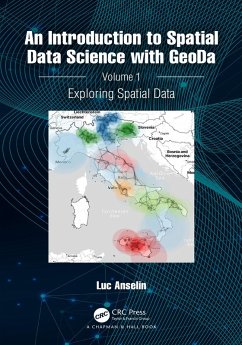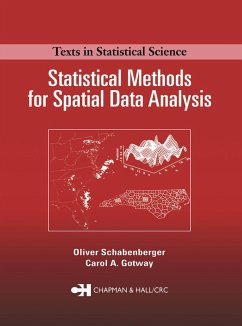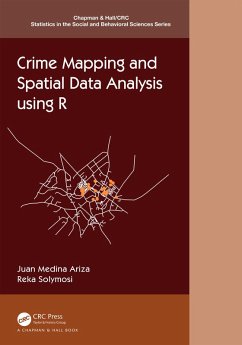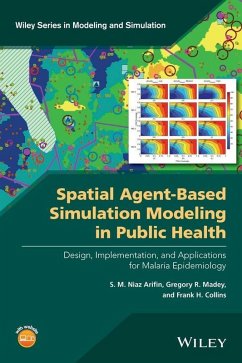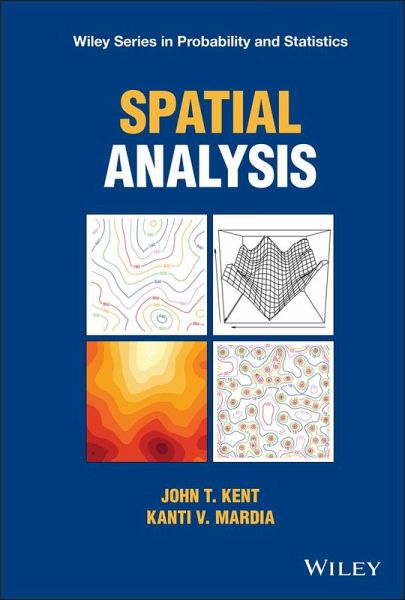
Spatial Analysis (eBook, ePUB)
Versandkostenfrei!
Sofort per Download lieferbar
66,99 €
inkl. MwSt.
Weitere Ausgaben:

PAYBACK Punkte
0 °P sammeln!
SPATIAL ANALYSIS Explore the foundations and latest developments in spatial statistical analysis In Spatial Analysis, two distinguished authors deliver a practical and insightful exploration of the statistical investigation of the interdependence of random variables as a function of their spatial proximity. The book expertly blends theory and application, offering numerous worked examples and exercises at the end of each chapter. Increasingly relevant to fields as diverse as epidemiology, geography, geology, image analysis, and machine learning, spatial statistics is becoming more important to...
SPATIAL ANALYSIS Explore the foundations and latest developments in spatial statistical analysis In Spatial Analysis, two distinguished authors deliver a practical and insightful exploration of the statistical investigation of the interdependence of random variables as a function of their spatial proximity. The book expertly blends theory and application, offering numerous worked examples and exercises at the end of each chapter. Increasingly relevant to fields as diverse as epidemiology, geography, geology, image analysis, and machine learning, spatial statistics is becoming more important to a wide range of specialists and professionals. The book includes: * Thorough introduction to stationary random fields, intrinsic and generalized random fields, and stochastic models * Comprehensive exploration of the estimation of spatial structure * Practical discussion of kriging and the spatial linear model Spatial Analysis is an invaluable resource for advanced undergraduate and postgraduate students in statistics, data science, digital imaging, geostatistics, and agriculture. It's also an accessible reference for professionals who are required to use spatial models in their work.
Dieser Download kann aus rechtlichen Gründen nur mit Rechnungsadresse in D ausgeliefert werden.




